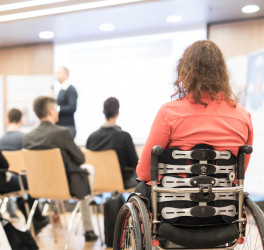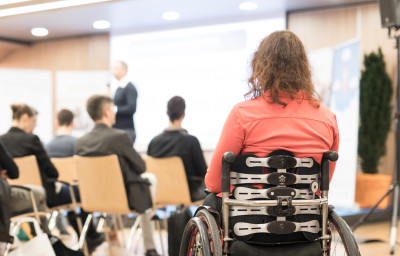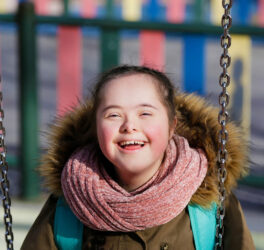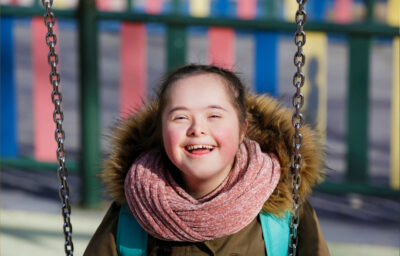
Researchers at Columbia Engineering developed robotic Trunk Support Trainer (TruST), when combined with postural movements’ active practice, improves trunk and reaching control in children with Cerebral palsy (CP) who have impaired sitting control.
This finding is in line with their earlier study on adults with spinal cord injury who could expand their sitting workspace when TruST actively assisted their trunk movements.
Cerebral palsy is the most common childhood physical disability—2.0-3.5 per 1000 births—and children born with it have impaired development and diminished control of movement and posture. Children with moderate to severe bilateral CP have poor upper extremity abilities and segmental trunk control deficits, limiting independent functional sitting.
 Many children with CP need wheelchairs to travel long distances, and some need wheelchairs in most settings. A treatment designed to improve their sitting control abilities would greatly improve their ability to function independently, live an active physical life, and participate in social activities.
Many children with CP need wheelchairs to travel long distances, and some need wheelchairs in most settings. A treatment designed to improve their sitting control abilities would greatly improve their ability to function independently, live an active physical life, and participate in social activities.
The team then investigated the effectiveness of TruST in children with trunk control issues. They ran a two-year-longitudinal pilot study on four children aged 6-14 years with CP and sitting control problems to examine how TruST technology can be used to provide an optimal amount of trunk support. In contrast, children are trained in activities and games. After completion of TruST-intervention, the children showed short- and long-term postural and reaching control improvements. Most importantly, they performed all the game-oriented activities without any external help coming from TruST, supportive straps, or a clinician.
“The ability to control the trunk in sitting posture is pivotal for everyday functions such as sitting, feeding, and social interactions,” says Sunil Agrawal, professor of mechanical engineering and rehabilitation and regenerative medicine. “Our Trunk Support Trainer, which we call TruST, is an innovative robotic device that helps physical therapists to not only support the children in the region of the trunk where they suffer from weakness and incoordination but also challenge them to perform rehabilitation tasks outside their base of support to improve their movement and coordination.”
TruST is a motorized cable-driven belt placed on the child’s trunk that exerts active-assistive forces when the trunk moves beyond postural stability limits. This means that TruST can provide individualized assistance for each child and can be systematically reduced as children improve trunk control during the training. Thus, TruST addresses postural-task progression in each training session by matching the assistive-force fields to each child’s ability to control the trunk in sitting. The idea is to assist the child’s motor efforts when the trunk moves beyond these stability limits by modulating the wire tensions.
The project—”Improving seated postural control and upper extremity function in bilateral CP with a robotic Trunk-Support-Trainer (TruST)”—will involve up to 80 children with poor trunk control. Some will use the TruST robotic rehabilitation while others will try conventional rehabilitation. This new NIH study will compare the efficacy of the motorized TruST to engage children in play-oriented practice while advancing their skill progression with static trunk support.








